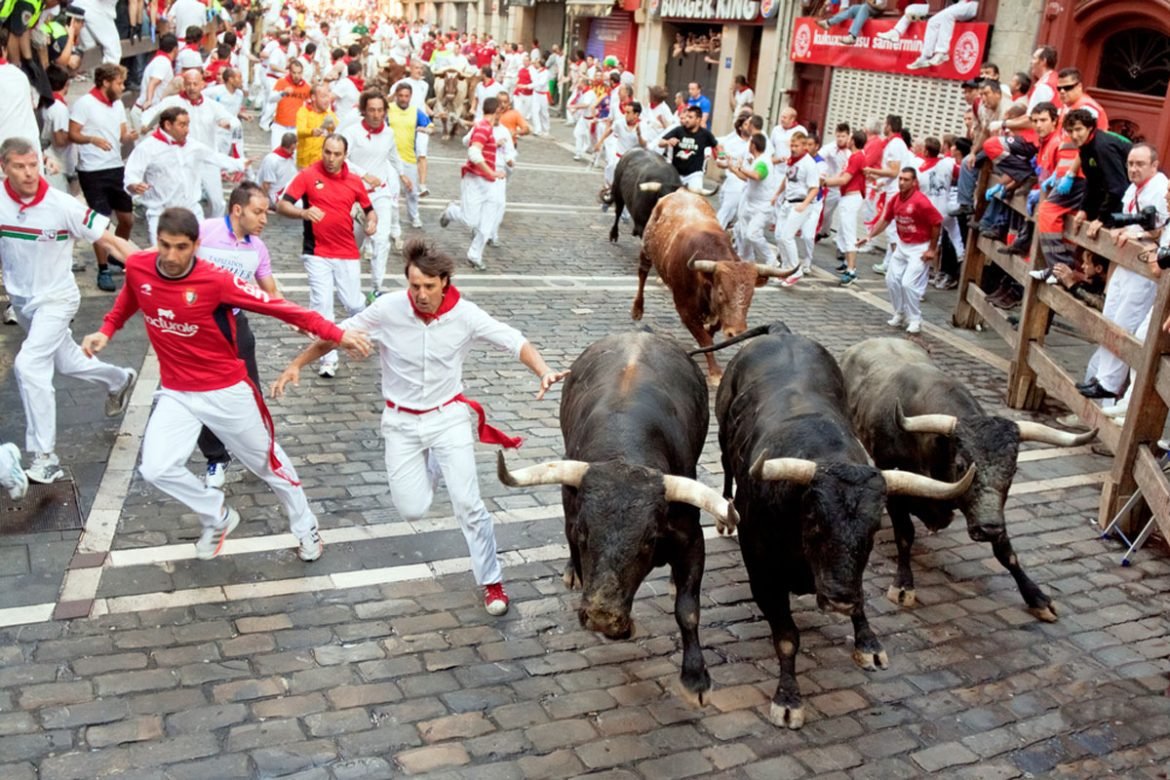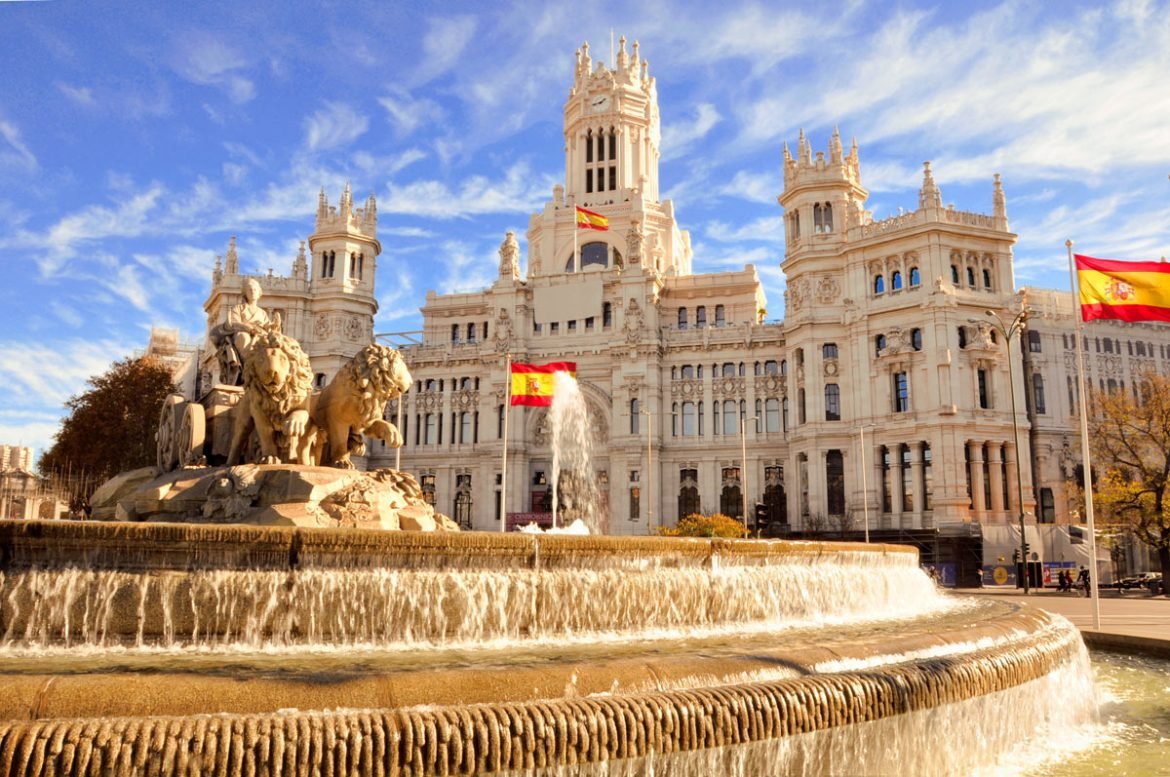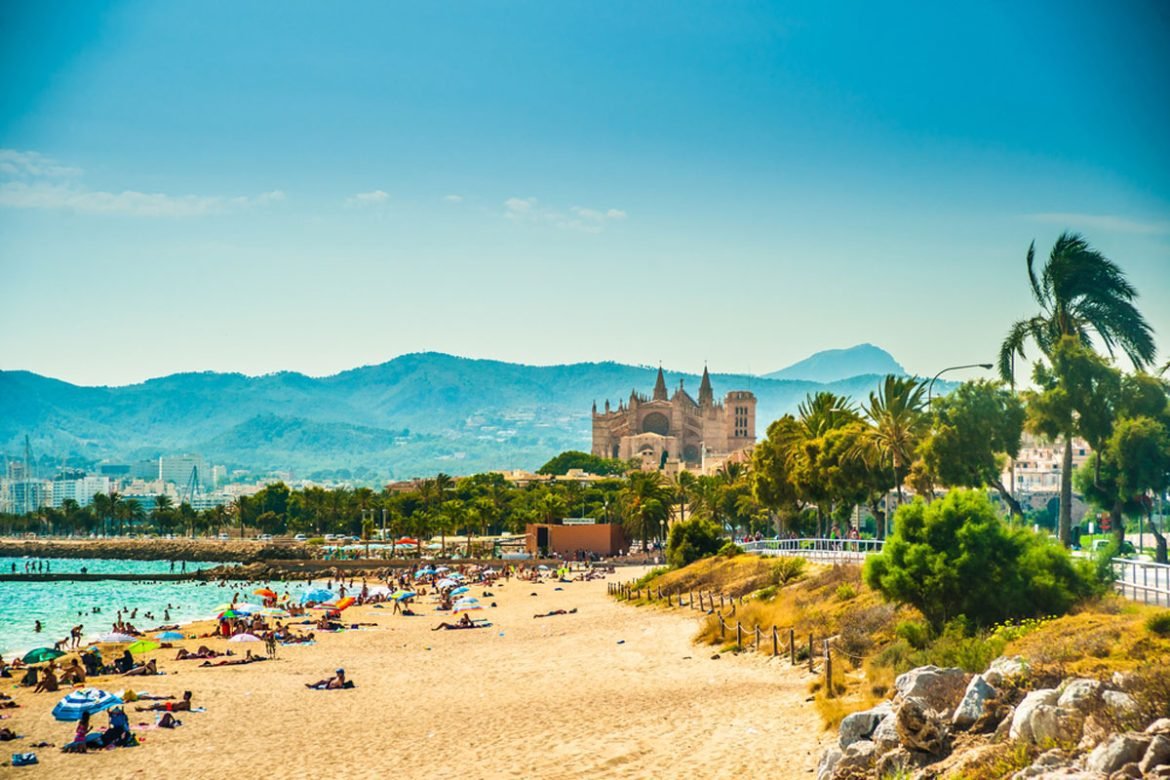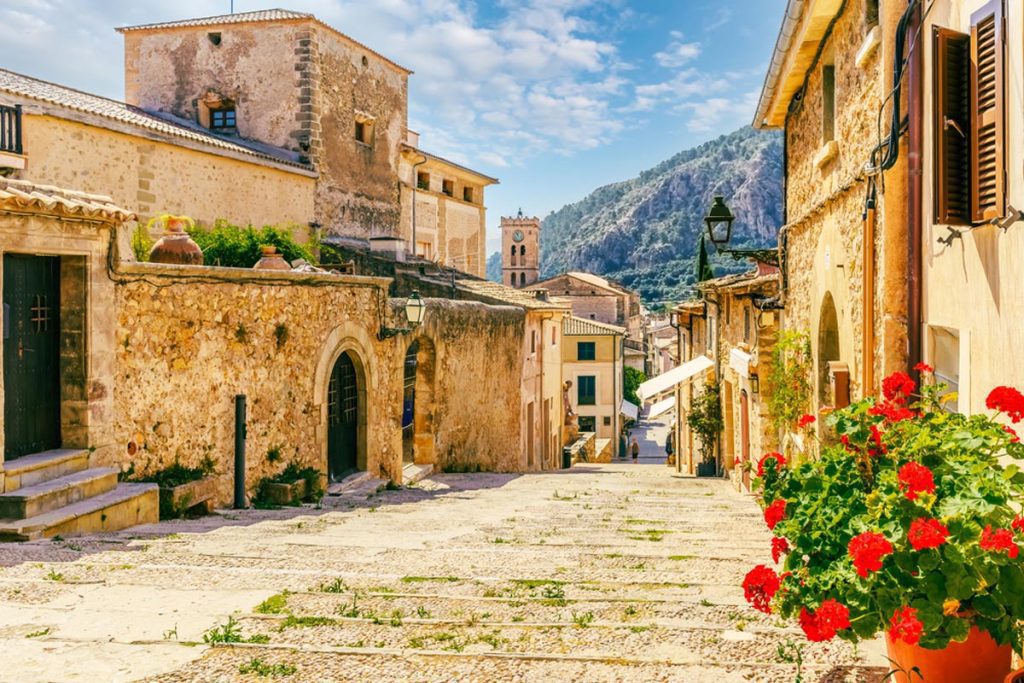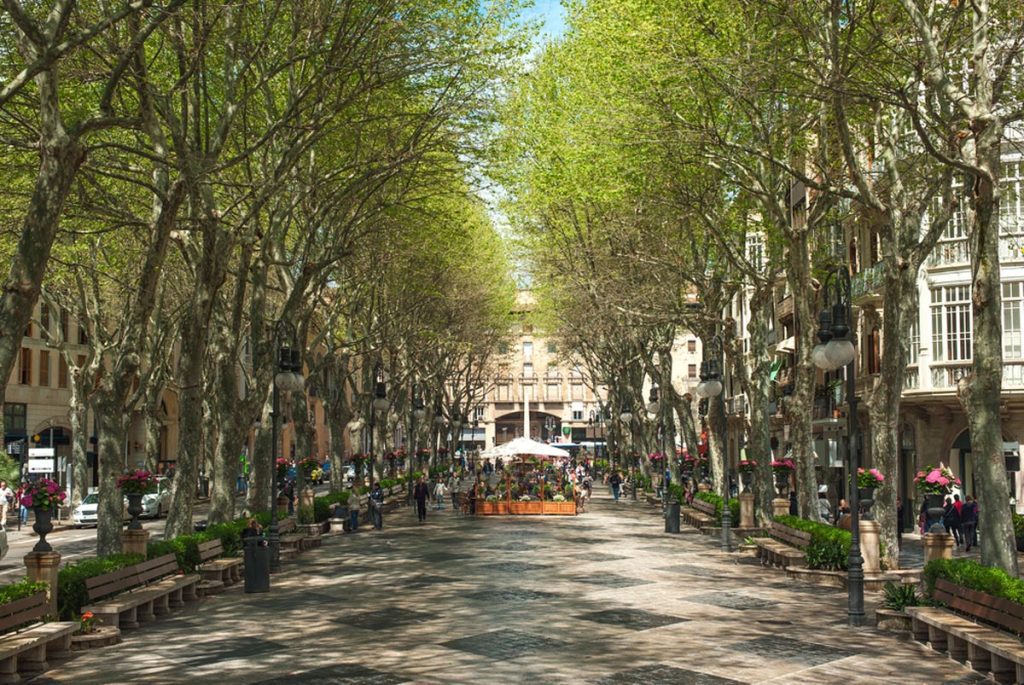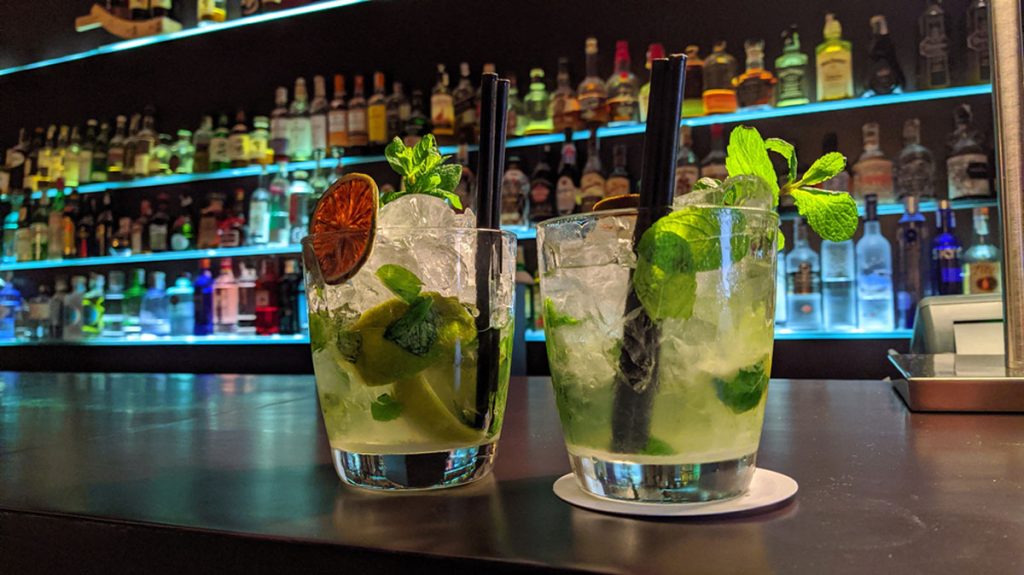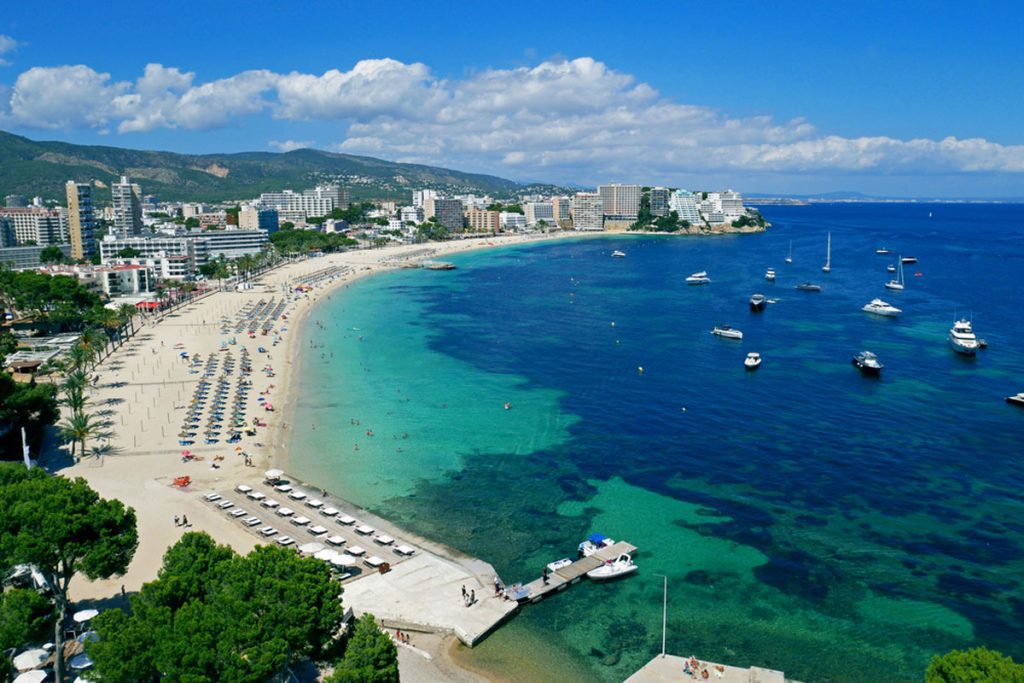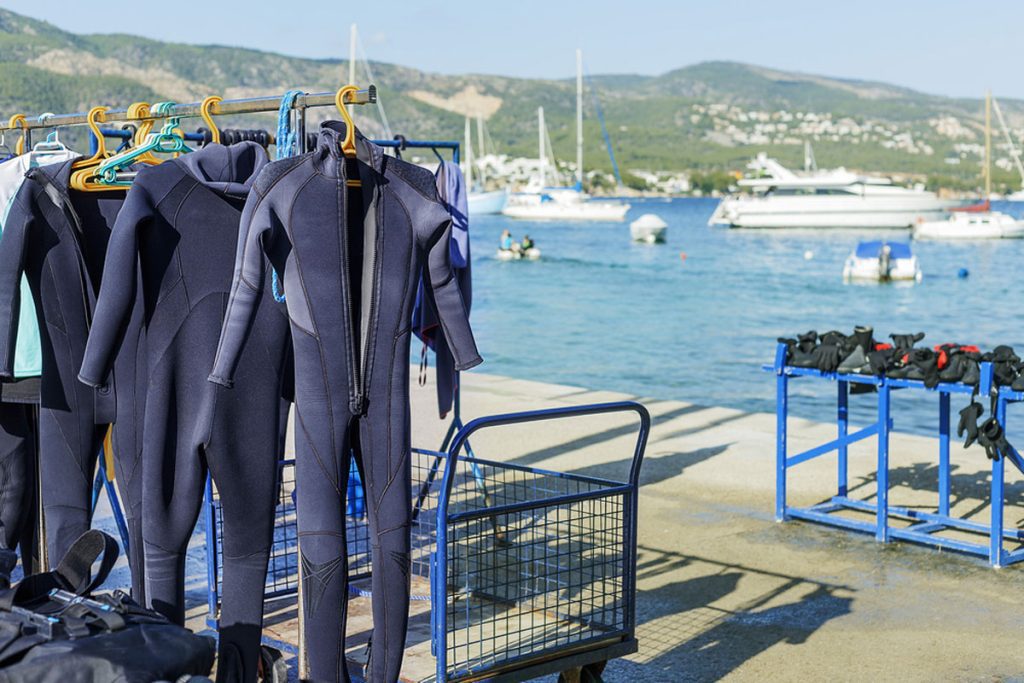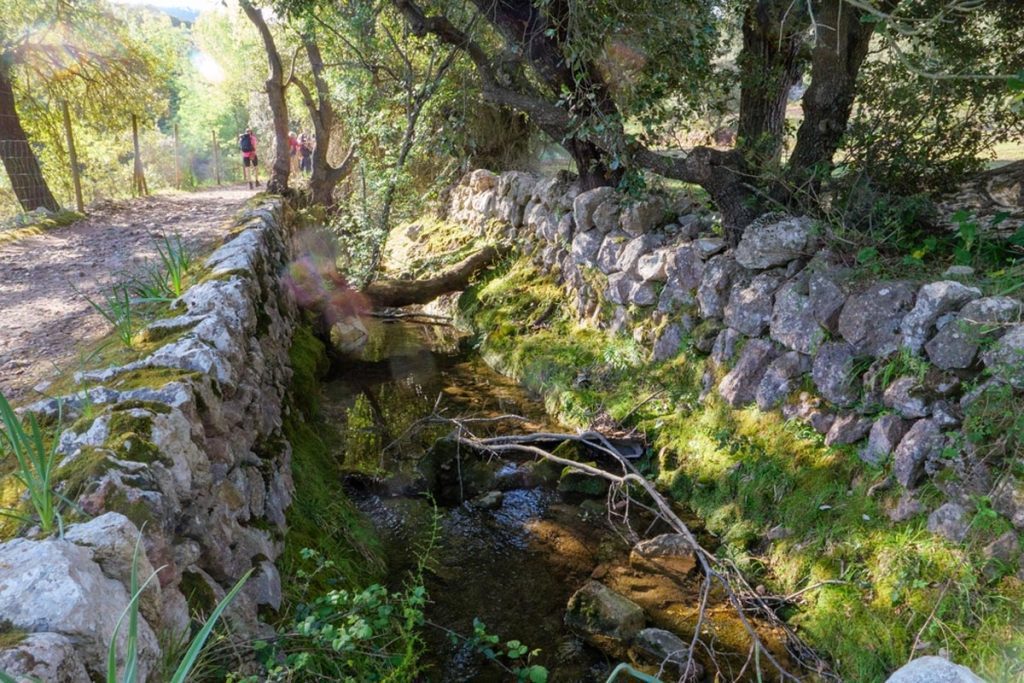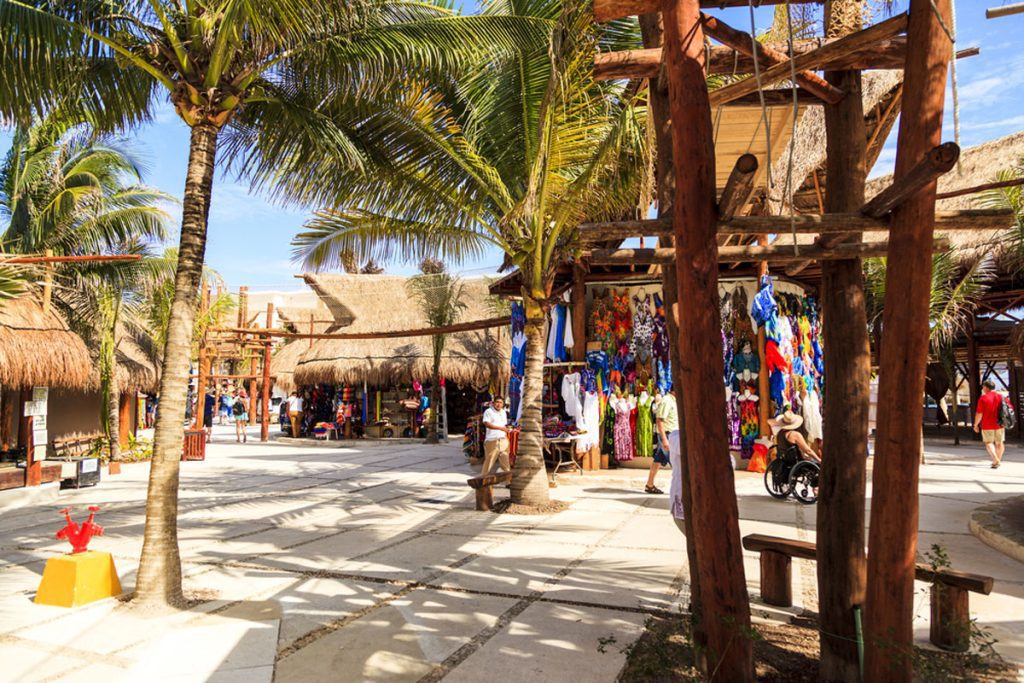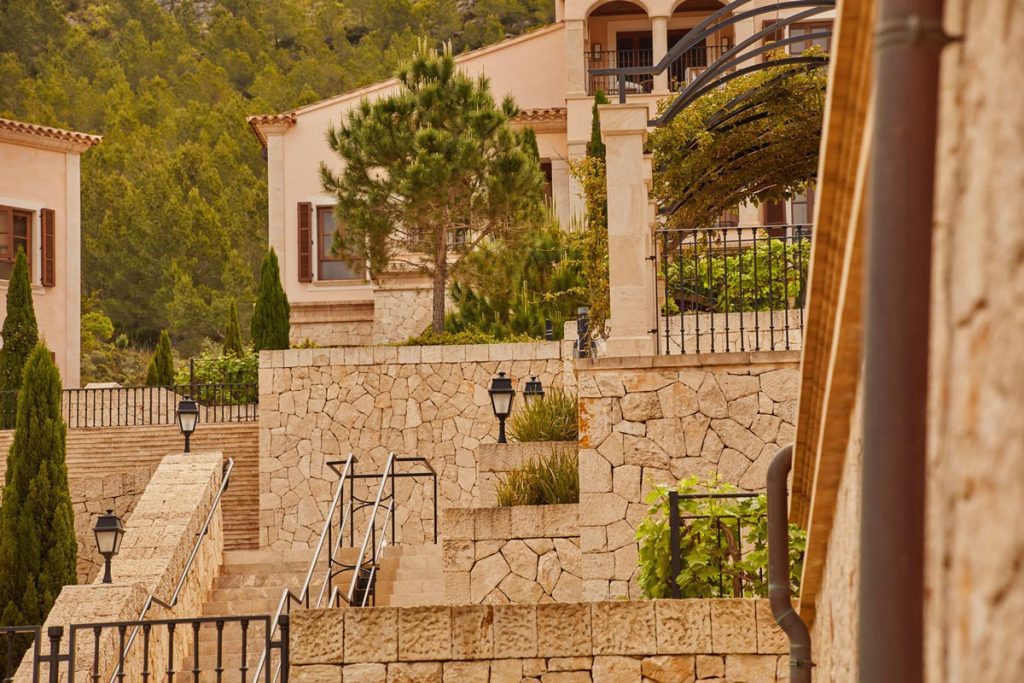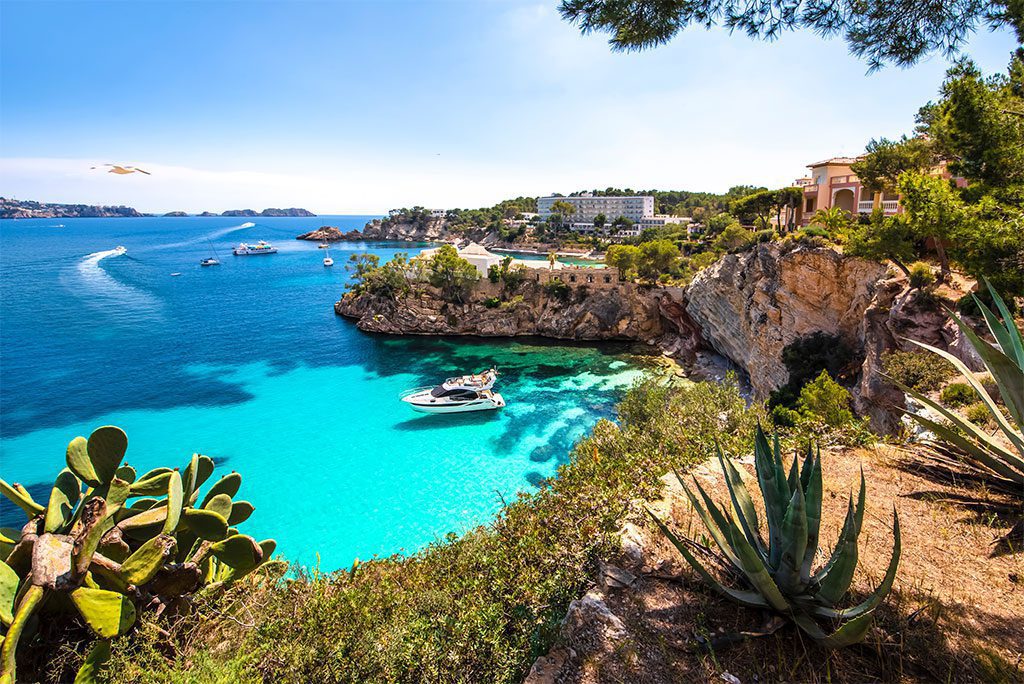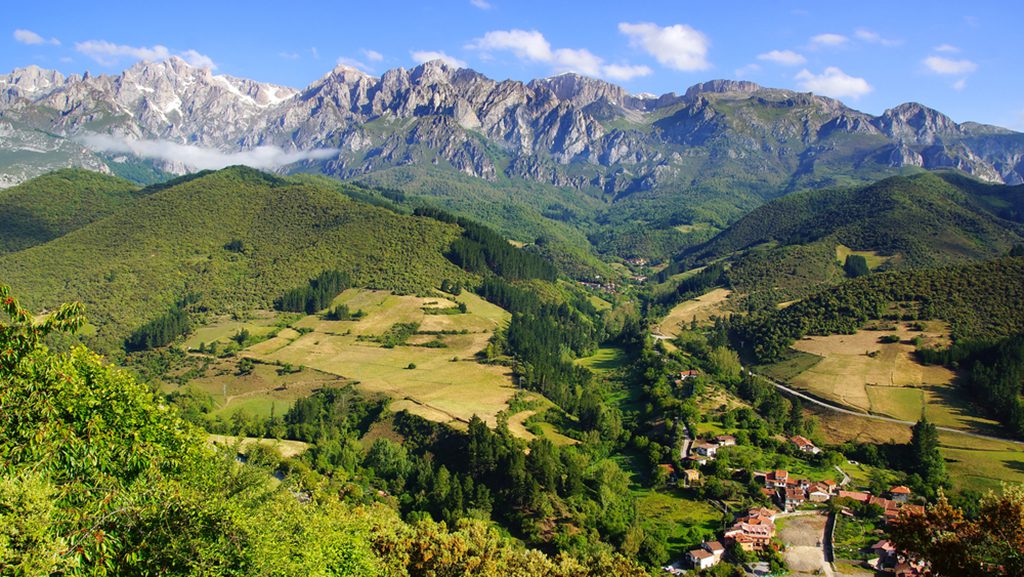Get began now and find your perfect granny hook up
What you must know
if you should be interested in a way to add spice to your sex-life, you might like to give consideration to considering granny hook ups. these kind of hookups are a lot of enjoyment and that can be a powerful way to get to know someone new. below are a few what to consider if you’re considering trying granny hook ups. very first, ensure you’re both more comfortable with the theory. if one of you is uncomfortable, the hookup won’t be very enjoyable. second, ensure you’re both sober. hookups can be fun, but they may also be dangerous if you’re drunk. if you’re not sure exactly how safe a granny hook up is, pose a question to your partner. they should be capable inform you in the event that hookup is safe or otherwise not. if you are perhaps not clean, your partner may possibly not be in a position to have sexual intercourse with you. fifth, ensure you’re both aroused. if you should be not stimulated, the hookup will most likely never be very enjoyable. if certainly one of you does not want to do something, make sure you allow the other individual know. finally, be sure you’re both respectful. if certainly one of you is being disrespectful, the hookup is probably not worthwhile.
Get ready for a hot date with an attractive grandma
Granny hook ups are getting to be increasingly popular, as well as for justification. there are numerous benefits to dating an attractive grandma, and listed below are five of the greatest. 1. granny dating is a good option to get acquainted with some body. grannies are often more down-to-earth than their younger counterparts, which could make for a more interesting date. they truly are also almost certainly going to have a wealth of experience to talk about. if you should be looking for anyone to share your lifetime with, a granny could be an ideal choice. 2. granny dating is a great method to connect with family members. many grannies are extremely near their families, and they are likely to enjoy spending some time together. this is often a powerful way to get acquainted with family better and also to fortify the bonds between you and your family members. 3. they are additionally probably be more understanding and supportive. 4. numerous grannies are more introspective than their more youthful counterparts, and also this can give you a better comprehension of your self. it may also allow you to develop new abilities and talents. 5.
How to find the right granny hook up for you
Granny hook ups are a powerful way to interact with older singles. they may be able offer a feeling of companionship and provided experience that may be valuable to find a relationship. however, finding the right granny hook up is difficult. there are a variety of facts to consider when searching for a compatible partner. first, it is important to think about what form of granny hook up you are interested in. there are a number of several types of granny hook ups, including social, dating, and sexual. each has its own benefits and drawbacks. social granny hook ups are the simplest to get and therefore are great for connecting along with other grannies. they have been perfect for building relationships and certainly will be a lot of enjoyment. however, they’re not since sexualized as other forms of granny hook ups and that can be less personal. dating granny hook ups are an excellent option if you’re in search of a more serious relationship. they can be more intimate than social granny hook ups and can result in more severe relationships. but they can be harder to locate and that can be more costly. intimate granny hook ups would be the many personal form of granny hook up. it is important to think about your needs when searching for a granny hook up. pick the variety of granny hook up that is ideal available.

Meet single grandmothers in your area
A method to relate genuinely to singles locally
if you’re searching for a method to connect with singles in your area, you should look at granny hook ups. they’re casual dating occasions that are ideal for singles that are searching for a way to fulfill brand new individuals. granny hook ups are a great way to fulfill brand new individuals simply because they’re casual and enjoyable. plus, they truly are ideal for singles who’re searching for a method to relate genuinely to other singles. if you’re interested in granny hook ups, you should think about joining an area singles group.
More details grannymeets.co.uk/grannies-looking-for-sex.html









